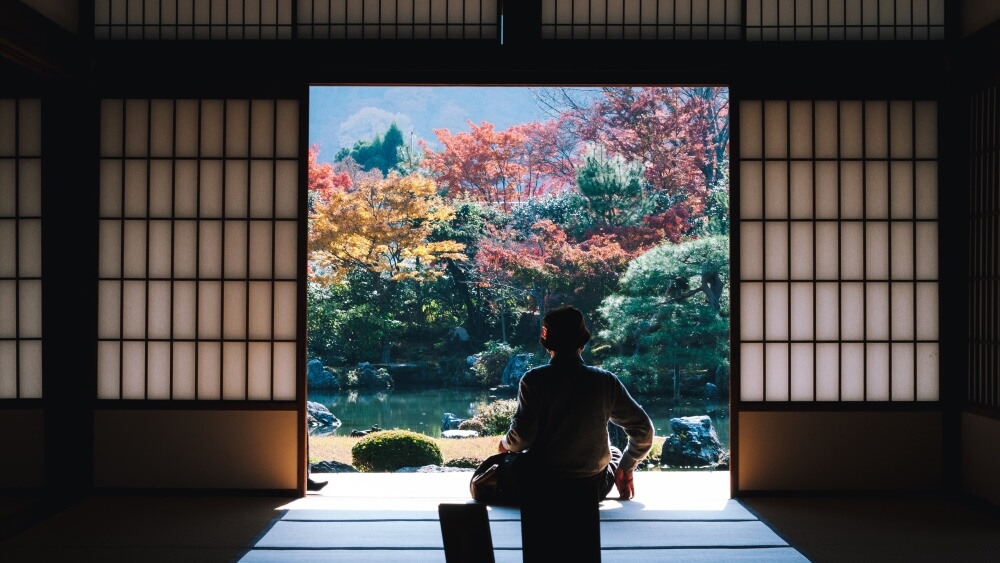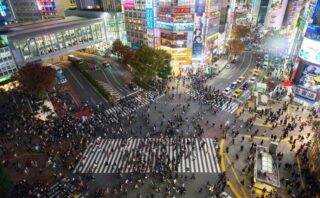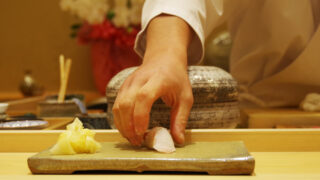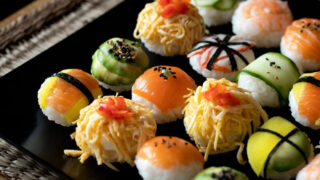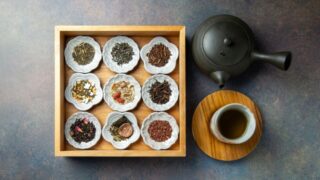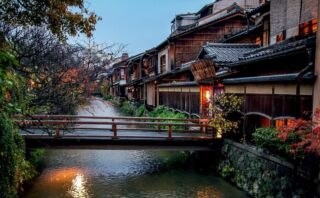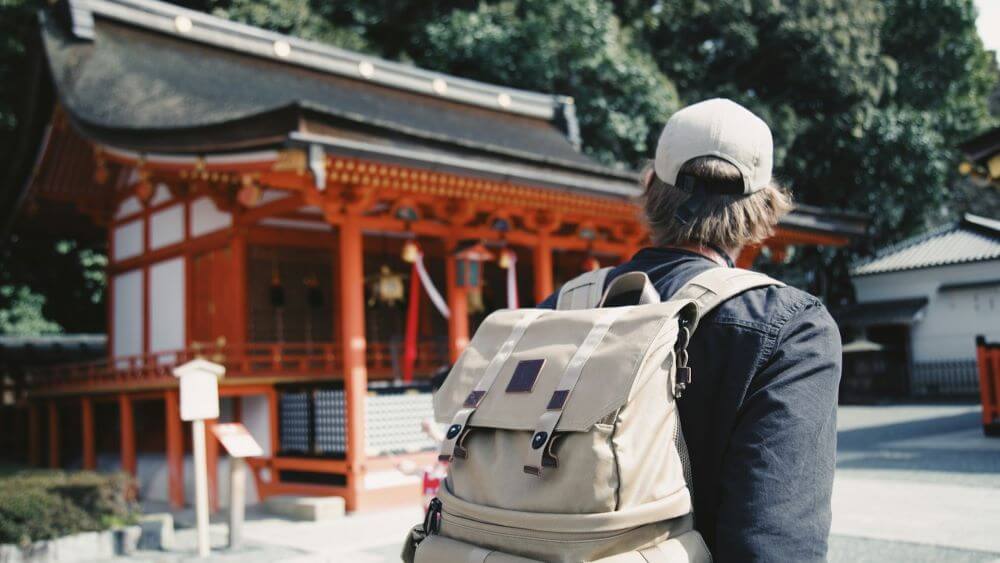Are you interested in Japanese culture and traditions? While Kyoto often comes to mind as the go-to city for traditional experiences, there are many other towns and areas across Japan rich in cultural heritage. This article introduces an itinerary curated by travel experts to help visitors explore Japan’s traditional side. Beyond sightseeing, immerse yourself in Japanese culture through food, activities, and hands-on experiences. Let this guide inspire your next adventure!
- Itinerary Overview
- Detailed Daily Itinerary
- Day 1: Tokyo – Remnants of Edo.
- Day 2: Tokyo – History of Edo
- Day 3: Kanazawa – History and Traditions of Kaga
- Day 4: Kanazawa – Cultural Experiences
- Day 5: Kanazawa – Immersion of History
- Day 6: Kyoto – Ancient Capital
- Day 7: Kyoto – Traditions Through The Five Senses
- Day 8: Nara – Deeper Ancient History
- Day 9: Kyoto – The World of Wabi-sabi
- Day 10: Kyoto → Tokyo – Zen Split
Itinerary Overview
Your adventure starts in Tokyo‘s historic district, easily accessible directly from the airport. Next, you’ll head to Kanazawa, a former castle town full of well-preserved streets and rich history. Thanks to the Hokuriku Shinkansen, it’s just a short 2.5-hour ride from Tokyo.
From there, you’ll visit the highlight of your trip—Kyoto. Famous for its many historical landmarks and traditional culture, Kyoto is a must-see destination if you are interested in history and culture. And while you’re there, be sure to take a day trip to Nara, home to numerous UNESCO World Heritage sites.
- Tokyo
- Tokyo
- Tokyo → Kanazawa
- Kanazawa
- Kanazawa
- Kanazawa → Kyoto
- Kyoto
- Kyoto ⇔ Nara
- Kyoto
- Kyoto → Tokyo / Osaka
Detailed Daily Itinerary
Day 1: Tokyo – Remnants of Edo.
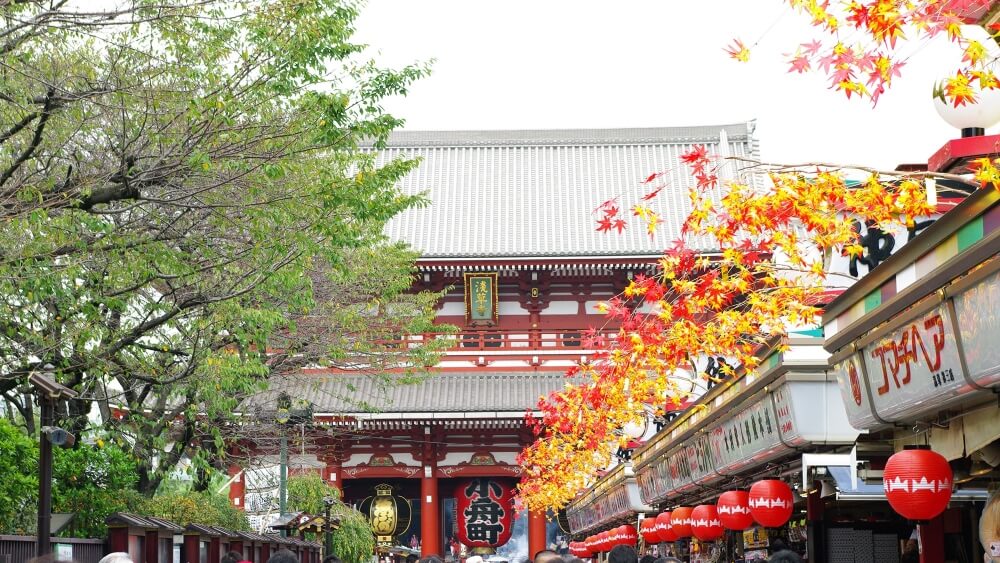
Tokyo, now a major global city, was once known as “Edo.” Since around 1600, it flourished as a political center, and even today, you can still find areas that preserve its historical scenery and traditional culture.
Tour Asakusa by Rickshaw
Explore the streets of Asakusa by Rickshaw, called “jinrikisha” in Japanese, visiting tourist spots like the Kaminarimon Gate, Denboin Street, and the Five-storied Pagoda. With an English guide, you’ll learn in-depth about Asakusa’s history and culture. Knowledgeable jinrikisha drivers can also recommend restaurants and more.
Draw Omikuji at Senso-ji Temple
In Japan, there’s a custom called “omikuji” where you draw a paper fortune revealing messages about your fortune or future life. If it’s good, you keep it; if it’s bad, you tie it to a specific spot in the temple to dispel the bad luck. The Omikuji at Sensoji Temple are written in English so that even foreign tourists can understand what is written on them. It’s also recommended to purchase an “omamori” to bring good luck and keep you safe during your travels.
Visit the Ninja Samurai Museum
Ninja samurai museum is a place where you can learn about the lives and equipment of ninjas and samurais from the Edo period. You can also dress up as a ninja or samurai and learn their skills, such as throwing shurikens and blow darts.”
Enjoy Dojo Nabe (Loach Hot Pot)
Dojo nabe originated in the downtown areas of Tokyo and has been beloved by locals since the Edo period. It’s a dish where fresh loaches are simmered in a sweet and salty soup with tofu and vegetables.
Day 2: Tokyo – History of Edo
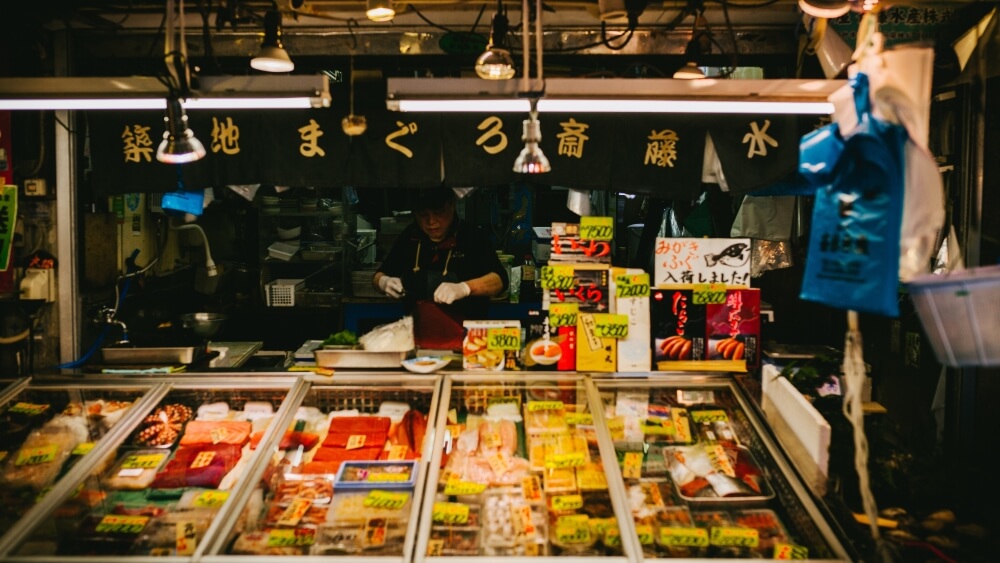
Watch Kabuki Theater
Kabuki is a traditional Japanese performing art that has continued since the Edo period, renowned for its elaborate costumes and powerful performances. Recently, Kabuki has evolved by incorporating new elements, such as performances based on popular animations like One Piece. These performances are attracting audiences of all ages and nationalities.
Eat Sushi at Tsukiji Market
While the fish auction has moved to Toyosu fish market, Tsukiji outer market still remains, offering fresh sushi and seafood. In the Tsukiji area, you’ll find many long-established restaurants and a quaint cityscape despite being in the heart of Tokyo.
Visit Fukagawa Edo Museum
At Fukagawa Edo Museum, you can learn about the life and culture of the Edo period. The museum features a full-scale reproduction of the streets of that time and allows visitors to enter some of the houses. There are also interactive exhibits where you can touch daily life tools, making it enjoyable for both adults and children.
Eat Monjayaki in Tsukishima
Monjayaki is a favorite dish among the people in downtown areas, especially in Tsukishima, made with wheat-based batter topped with various ingredients, then cooked on a hot plate. It is said that during the Edo period, poor children were taught to write characters by writing them on a hot plate with batter. It is said that the word “mojiyaki,” meaning “grilled letters,” eventually changed to “monjayaki” over time.
Day 3: Kanazawa – History and Traditions of Kaga
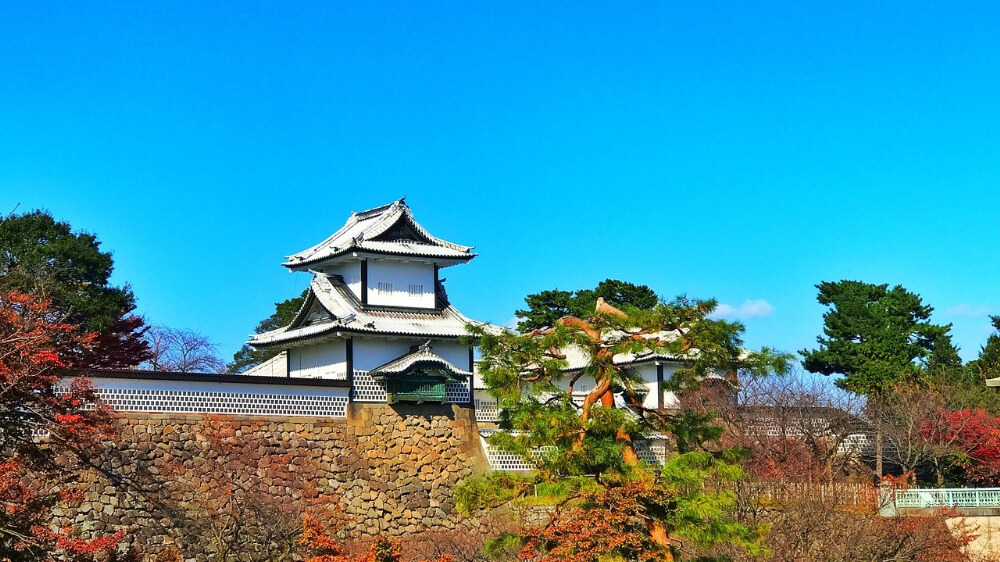
Kanazawa is a city located in the center of Ishikawa Prefecture. It was once a thriving castle town. With minimal damage from wartime, valuable historical buildings and the former cityscape have been well-preserved. Traditional crafts are also flourishing here.
Visit Kenrokuen Garden
Kenrokuen Garden is a representative strolling-style garden from the Edo period and is one of Japan’s three most famous gardens. The landscape takes advantage of the natural beauty of each season such as cherry blossoms, autumn leaves, and snow, making it exceptionally beautiful. Night illuminations, though seasonal, are also worth seeing.
Stroll through Kanazawa Castle Park
Kanazawa Castle Park is a vast park containing the site of Kanazawa Castle, where you can explore the remains of the castle and its gardens. While most of the castle was destroyed by repeated fires, some parts have been faithfully restored based on ancient maps and documents.
Experience Yuzen Dyeing
“Kaga Yuzen” is one of the traditional dyeing techniques representing Kanazawa, known for its sophisticated colors. Some shops in Kanazawa offer activities where you can experience Yuzen dyeing. While learning about the dyeing process and the meaning of patterns, you can create your own handkerchief, tote bag, etc.
Eat Kaga Cuisine
Here, you can enjoy traditional Kaga cuisine served in luxurious and ornate dishes. Dishes like kaburazushi (turnip sushi) and jibuni (simmered duck) offer a refined taste using local ingredients.
Day 4: Kanazawa – Cultural Experiences
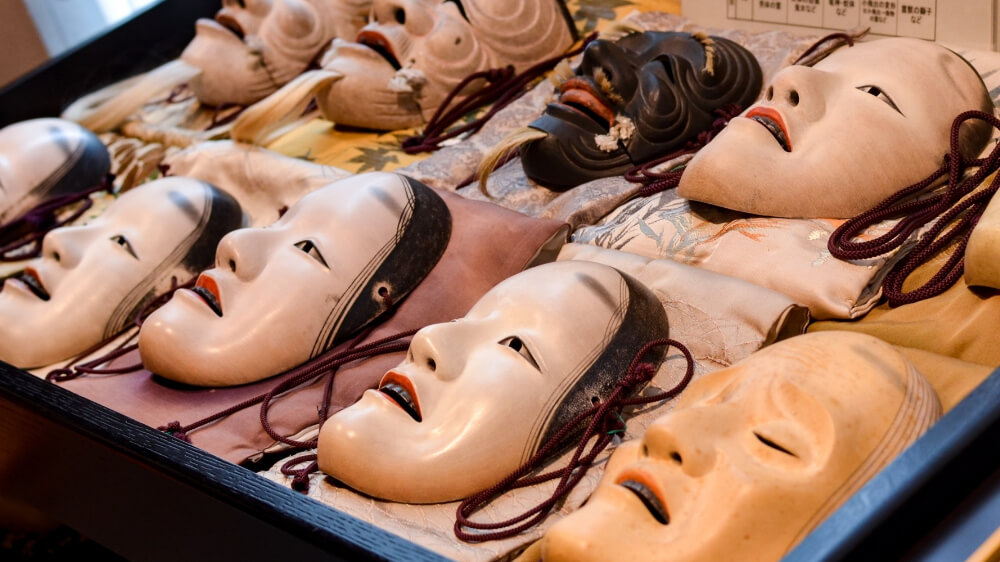
Eat Seafood at Omicho Market
Omicho Market in Kanazawa is a bustling market where you can find a wide variety of local fresh seafood and souvenirs. With around 170 shops lining the arcade, you can enjoy Kanazawa’s specialty crab and various local snacks while strolling around.
Watch Noh and Kyogen at the Noh Theater
At the Noh Theater in Kanazawa, you can watch traditional Japanese performing arts, Noh and Kyogen. Here, there is no curtain separating the audience from the stage, creating an atmosphere of being close to the actors. While Noh often expresses human sorrow and anger through song and dance, Kyogen is a comedic portrayal of commoners’ daily lives.
Take a Dip in a Hot Spring
There are many high-quality hot springs near Kanazawa. Yuwaku Onsen, which is about a 40-minute bus ride away, is one of the closest hot springs from Kanazawa city. Other hot springs like Yamanaka Onsen, Yamashiro Onsen, and Wakura Onsen, with their renowned spring water quality, are also accessible in less than two hours.
Try Gold Leaf Soft Cream
Kanazawa is also famous for its production of gold leaf, and you can find soft cream topped with luxurious gold leaf. This luxurious sweet is sure to be instagenic.
Day 5: Kanazawa – Immersion of History
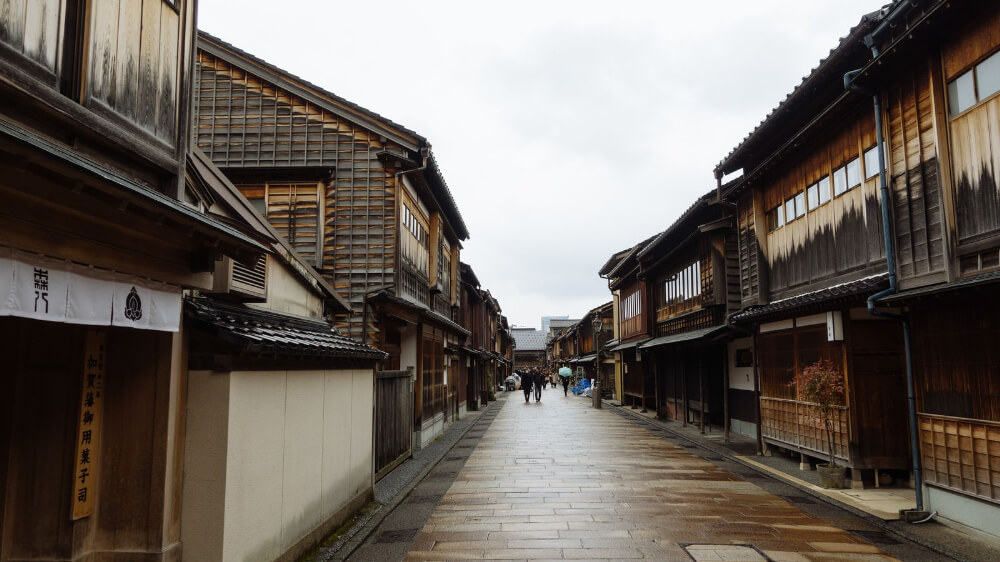
Stroll through Higashi Chaya District
Higashi Chaya District in Kanazawa is designated as a conservation area for historically important buildings, preserving the lively streets that were once bustling with tea houses. Lined with souvenir shops and restaurants, walking here in a kimono will make you feel like you’ve slipped back in time.
Explore the Nagamachi Samurai District
The Nagamachi Samurai District is a historical area where the residences of samurais from the past still stand. Retaining its quaint charm with traditional mud walls and stone-paved streets, you can still enjoy a nostalgic atmosphere today. There are now cafes serving Japanese sweets and shops where offer cultural experiences, making it a fun area to explore.
Try Kutani Ware Painting
Kutani ware is a representative porcelain of Japan, known for its vivid and powerful colours. In Kanazawa, you can try your hand at Kutani ware painting. Enjoy creating your own original piece while learning about the charm of Kutani ware.
Day 6: Kyoto – Ancient Capital
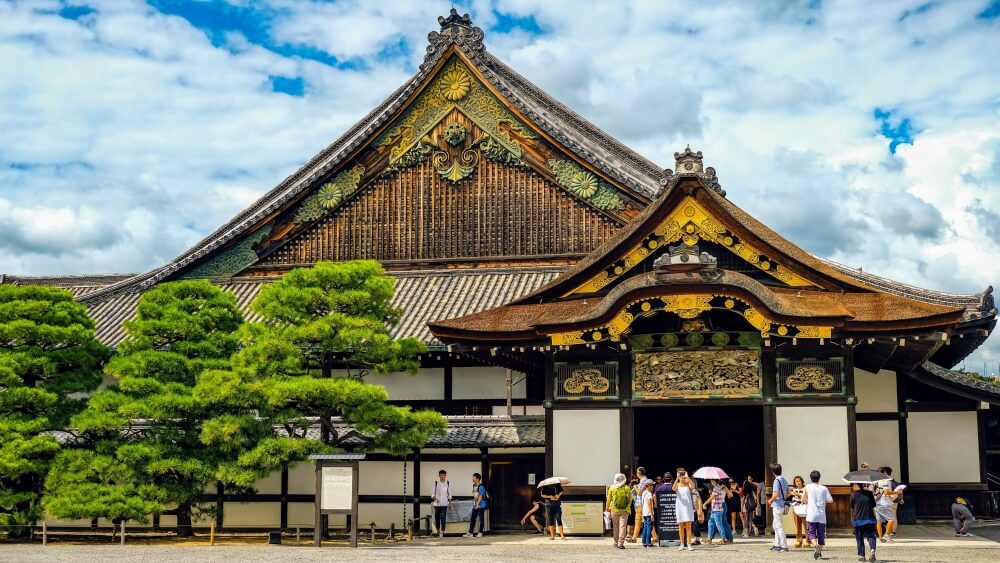
Kyoto, which was Japan’s capital for over 1,000 years, is a treasure trove of Japanese history and culture. Beyond the temples and shrines, you’ll experience the depth of its history through their culinary culture and their life style. Discover the spirit of Zen and the concepts of wabi-sabi, and enjoy a peaceful, serene time.
Visit Kyoto Imperial Palace
Kyoto Imperial Palace, once the residence of the imperial family, is located in the heart of Kyoto. Numerous historical buildings, such as the “Shishinden,” can still be found within its vast grounds. The well-maintained natural scenery, which changes colors with each season, is also a highlight.
Visit Ujigami Shrine
Ujigami Shrine is Japan’s oldest shrine, located in Uji City, Kyoto Prefecture, dating back to the Heian period and listed as a national treasure. The main temple exudes a solemn atmosphere that is truly divine. Since Uji is known for producing matcha, it is also recommended to stop by a Japanese style cafe.
Explore Nijo Castle
Built by the shogun Tokugawa Ieyasu during the Edo period, Nijo Castle is one of Japan’s historical landmarks. The Ninomaru Palace, a national treasure, is full of highlights such as corridors known as “nightingale floors” and numerous sliding door paintings.
Visit Kyoto Cultural Museum
Kyoto Cultural Museum provides easy-to-understand introductions to Kyoto’s history and culture. It exhibits a wide range of items related to Kyoto as well as works by artists associated with the city. The building itself has a retro atmosphere and is worth visiting.
Try out obanzai
Obanzai is traditional home cooking of Kyoto, and is also served at pubs and restaurants around the city. Obanzai is usually prepared with local ingredients allows you to enjoy the taste of the region while feeling the season.
Day 7: Kyoto – Traditions Through The Five Senses
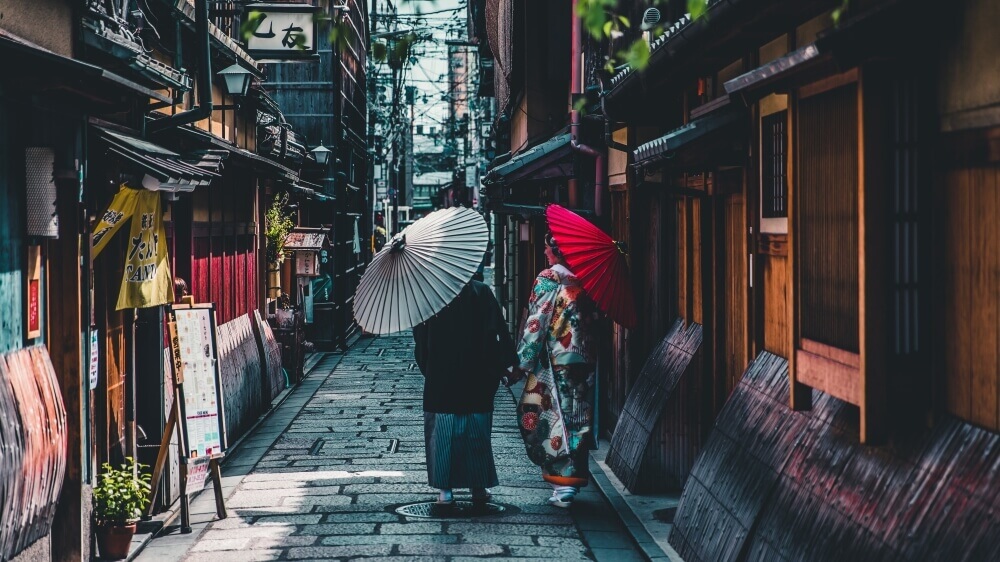
Taste at Nishiki Market
Nishiki Market in Kyoto is a lively market where local fresh ingredients and souvenirs are lined up. Traditional dishes, Japanese sweets, and specialty products unique to Kyoto can be found here. You can also buy small portions from various shops and enjoy them in the eating area.
Enjoy the view from Kiyomizu-dera Temple
Kiyomizu-dera Temple is one of Kyoto’s iconic tourist spots and one of Japan’s oldest wooden structures. The view from the temple is breathtaking, offering panoramic views of Kyoto city and the surrounding mountains. Especially recommended during cherry blossom or autumn foliage seasons.
Walk around Gion in kimono
Gion is an area in Kyoto where traditional streetscapes are preserved. Renting a kimono and walking on the cobblestone streets will make you feel like you’ve slipped back in time to the old capital. If you’re lucky, you might even spot geisha or maiko.
Learn the way of tea
Tea ceremony experiences are popular in Kyoto. You can experience preparing matcha while learning the flow and etiquette of the tea ceremony. Enjoying matcha and Japanese sweets allows you to learn about the spirit of Japanese hospitality.
Visit Katsura Imperial Villa
Originally used as an imperial villa, Katsura Imperial Villa showcases meticulously designed landscape that are considered a masterpiece of Japanese garden, earning high praise from around the world.
Day 8: Nara – Deeper Ancient History
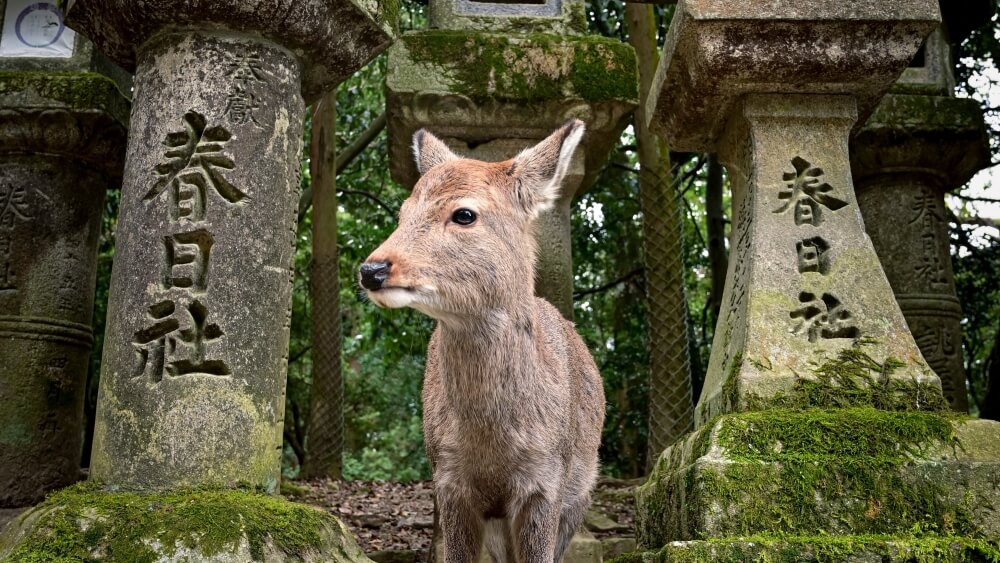
Before Kyoto became the capital of Japan, Nara held that honor, boasting an even older history than Kyoto. Don’t miss the numerous UNESCO World Heritage sites within an hour’s reach from Kyoto!
Feed the deer in Nara Park
Nara Park is a symbolic place in Nara, where numerous historical buildings remain. Here, you can feed wild deer roaming around the park. The deer of Nara are considered as national natural treasures and have been living alongside the history of Nara since ancient times.
Try Kakinoha Sushi
Nara is famous for its traditional sushi called Kakinoha Sushi. The sushi consists of sliced fish such as mackerel or salmon placed on vinegar rice and wrapped in persimmon leaves. It’s known as a preserved food loved since the Edo period, remaining one of Nara’s specialty dishes to this day.
Visit Todai-ji Temple
Todai-ji Temple is a representative temple of the Nara period, housing the Great Buddha Hall, which is the world’s largest wooden building. Inside the Great Buddha Hall, you can find the towering 15-meter-tall statue of Buddha, allowing you to sense the origins of Japan’s Buddhist culture.
Visit Horyu-ji Temple
As the world’s oldest wooden building, Horyu-ji Temple was the first registered UNESCO World Heritage site in Japan. The Golden Hall is considered a masterpiece of Buddhist architecture, featuring beautiful carvings, decorations, and some of the world’s oldest Buddhist statues.
Enjoy Chagayu
In Nara, you can taste Chagayu, a traditional everyday dish. Chagayu is made by rice in hojicha (roasted green tea) and is said to aid digestion and boost immunity.
Day 9: Kyoto – The World of Wabi-sabi
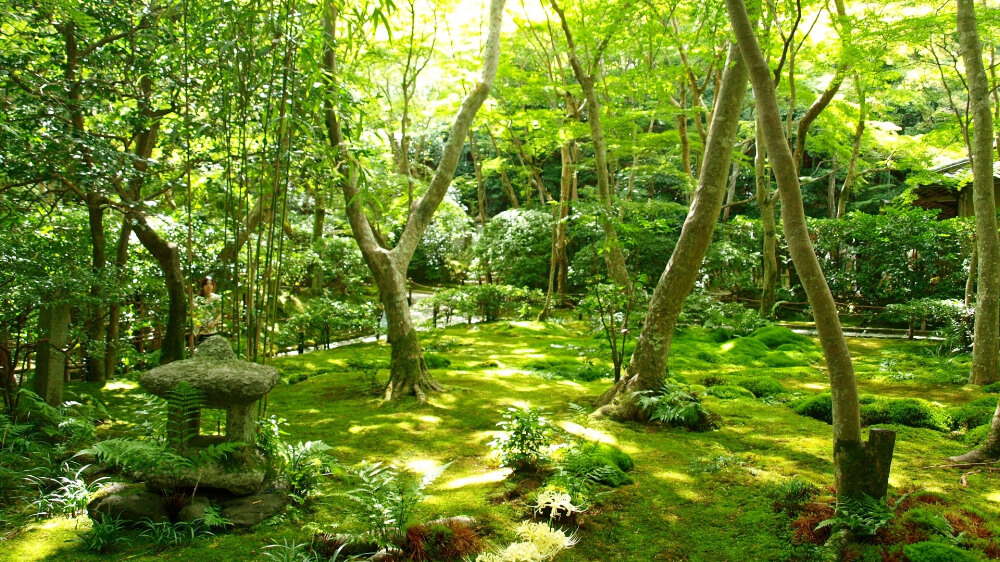
Walk through the bamboo grove
In Arashiyama, there is a pathway through a bamboo grove that stretches for about 400 meters. As you listen to the rustling of the bamboo leaves and feel the refreshing breeze, you can enjoy a peaceful and calm time, feeling at one with nature..
Visit Moss Temple
The ground of Saiho-ji Temple are covered with moss as if it were a green carpet, earning it the nickname “Moss Temple.” Amidst landscapes reminiscent of ink paintings, you can feel the aesthetic sense of “wabi-sabi” derived from Zen concepts.
Explore Ryoan-ji Temple
In Japan, you can discover stone gardens that express the beauty of mountains and water through the arrangement of sand and small stones. The stone garden at Ryoan-ji Temple is particularly famous in Kyoto. Infused with the spirit of Zen, it offers quiet and soothing moments for visitors.
Eat Yudofu
Yudofu, a traditional Kyoto dish, was originally a vegetarian dish for monks. The simple and gentle flavor of tofu and broth complements the atmosphere of Kyoto well.
Stay at a temple
There are temples in Kyoto and Nara where tourists can stay overnight. You can enjoy a pleasant time in historic buildings and beautiful gardens, as well as savoring Buddhist cuisine. Since the number of temple loggings is limited and they are very popular, early reservations are recommended.
Day 10: Kyoto → Tokyo – Zen Split
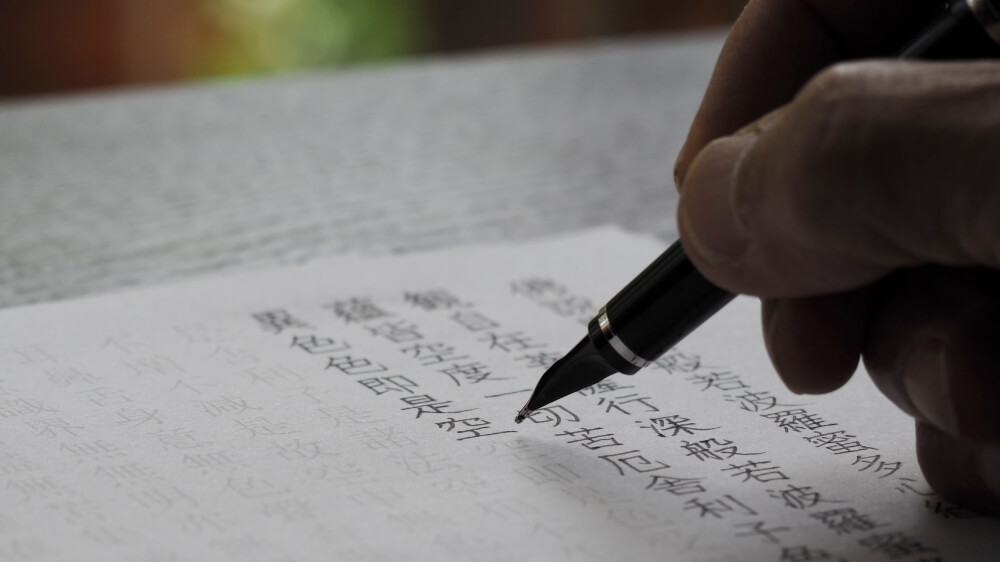
Join temple work
Some temples offer opportunities to participate in morning prayers. There are also temples that provide experiences of traditional temple practices such as zazen (seated meditation) and shakyou (hand-copying sutra transcription). This might be the perfect way to conclude your journey of learning about traditions and Zen sprit.
Shop for souvenirs
Since you have been learning about history and traditional culture, why not choose an item that interests you the most from your experiences, such as the dyed goods, pottery, tea ceremony utensils, and other items you encountered, as a souvenir? In addition to Kyoto Station and the airports, you can also find these traditional crafts at Kyoto Handicraft Center and the shops of Kyoto Traditional Industry Museum.
Exploring the Edo era, tasting traditional cuisine, and visiting ancient treasures—these experiences will lead you to understand the essence of Japan’s soul. We hope that this 10-day journey, where you can immerse yourself in tradition and Zen, will become a cherished memory for you.
